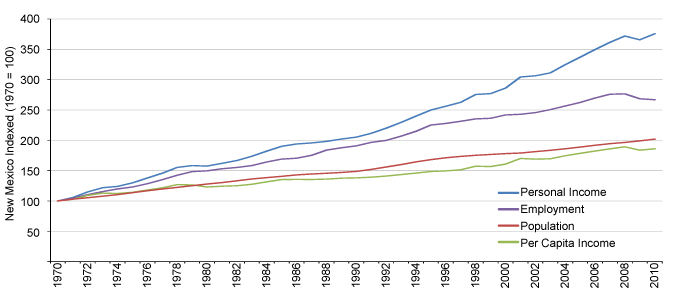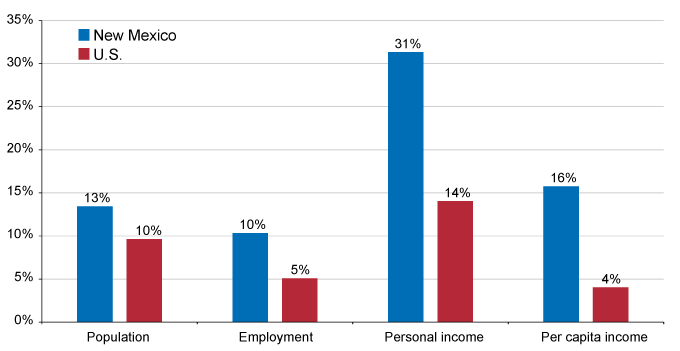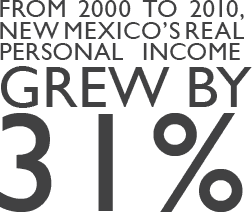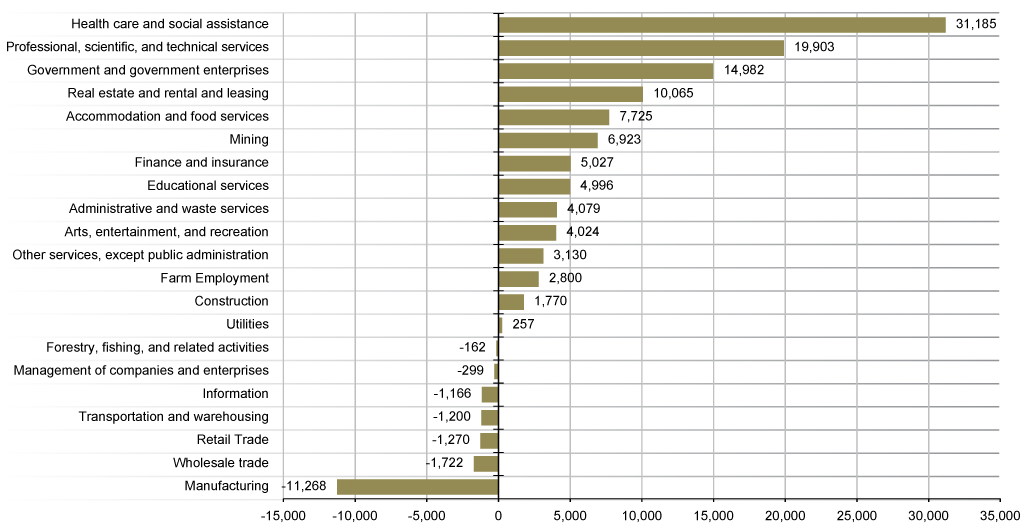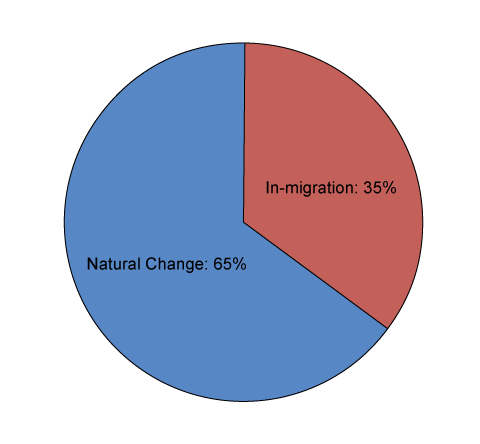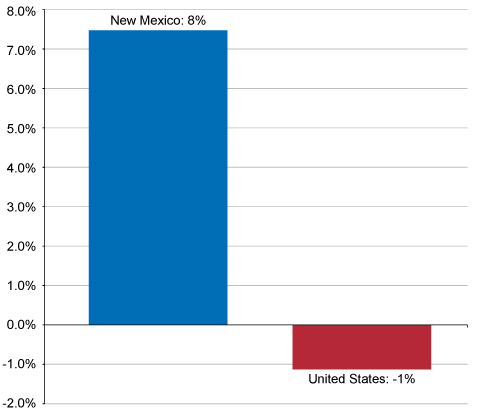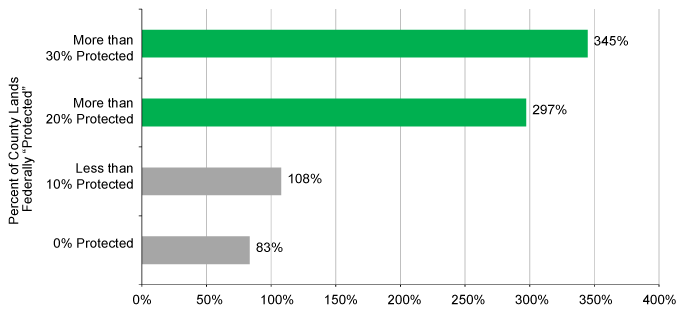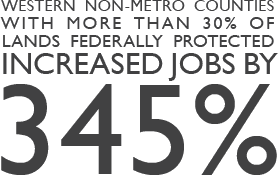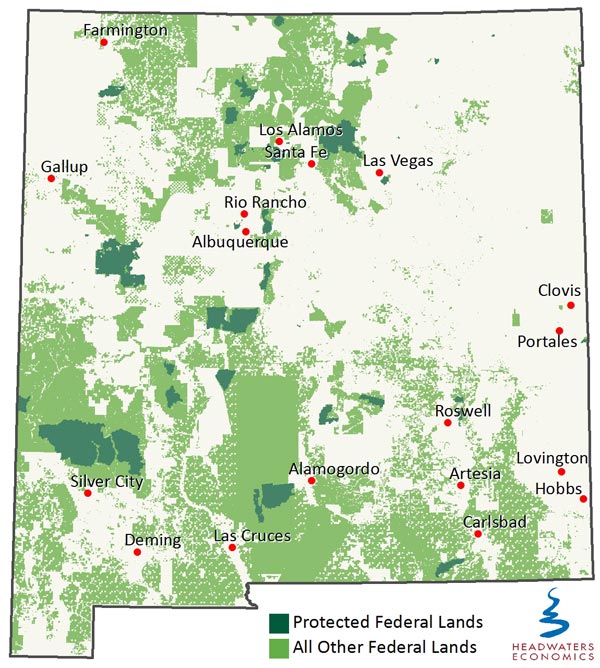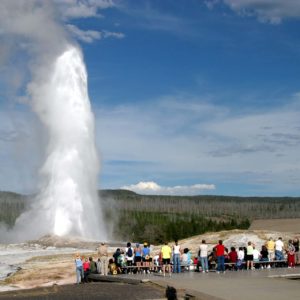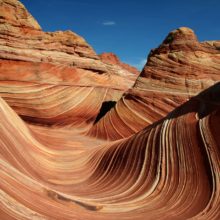From 2000-2010, New Mexico created 58,382 net new wage and salary jobs, an increase of 8%. In the U.S. over the same time period, the number of wage and salary jobs shrank by 1%.
Dividends, interest, and Rent, New Mexico 1970-2010
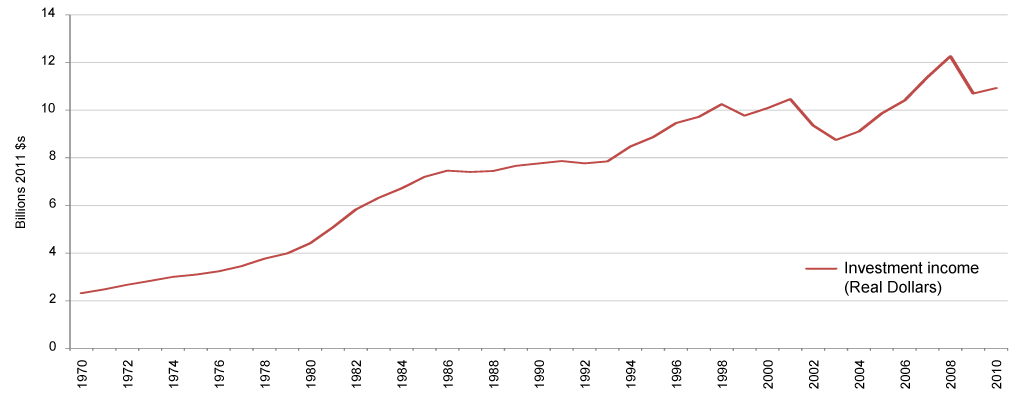
From 1970 to 2010, investment income–dividends, interest, and rent–increased from $2.3 to $10.9 billion, in real terms, a 372% gain. In 2010, investment income was 15% of total personal income in the state. Combined with transfer payments, which are mostly
age-related, non-labor income made up 38% of total personal income in 2010.
Across New Mexico and the West, protected federal lands such as national parks, monuments, and wilderness areas are associated with higher rates of job growth.
References
The West is defined as the 11 public lands continental western states: Arizona, California, Colorado, Idaho, New Mexico, Nevada, New Mexico, Oregon, Utah, Washington, and Wyoming.
“Protected” federal lands include areas such as National Parks, Wilderness, National Monuments, National Conservation Areas, National Recreation Areas, National Wild and Scenic Rivers, and National Wildlife Refuges. For more details, see: EPS-HDT: Technical Information.
More than 100 economists recently urged the President to protect federal lands as an important economic asset. See: “Economists Urge President Obama to Protect Federal Public Lands.”
Lorah, P. R. Southwick, et al. 2003. Environmental Protection, Population Change, and Economic Development in the Rural Western United States. Population and Environment 24(3): 255-272; McGranahan, D. A. 1999. Natural Amenities Drive Rural Population Change. E. R. S. U.S. Department of Agriculture. Washington, D.C.
Non-Metropolitan counties are counties without an urbanized area of 50,000 or more population, or a high degree of social and economic integration with a Metropolitan Statistical Area as measured by commuting ties.
Data in this publication are from: U.S. Department of Commerce. 2012. Bureau of Economic Analysis, Regional Economic Information System, Washington, D.C.; U.S. Department of Commerce. 2012. Census Bureau, Population Division, Washington, D.C.; U.S. Department of Commerce. 2012. Bureau of Economic Analysis, Regional Economic Information System, Washington, D.C.; U.S. Department of Commerce. 2011. Census Bureau, County Business Patterns, Washington, D.C.; AZ Land Resources Information System, 2009; MT Natural Heritage Program, 2008; Conservation Biology Institute, 2008 (for CA); Conservation Biology Institute, 2006 (for remaining states).
For More Information
Dr. Ray Rasker, Ph.D., Executive Director, Headwaters Economics, , 406-570-7044.
Headwaters Economics is an independent research group whose mission is to improve community development and land management decisions in the West.
